Dana J. Morin
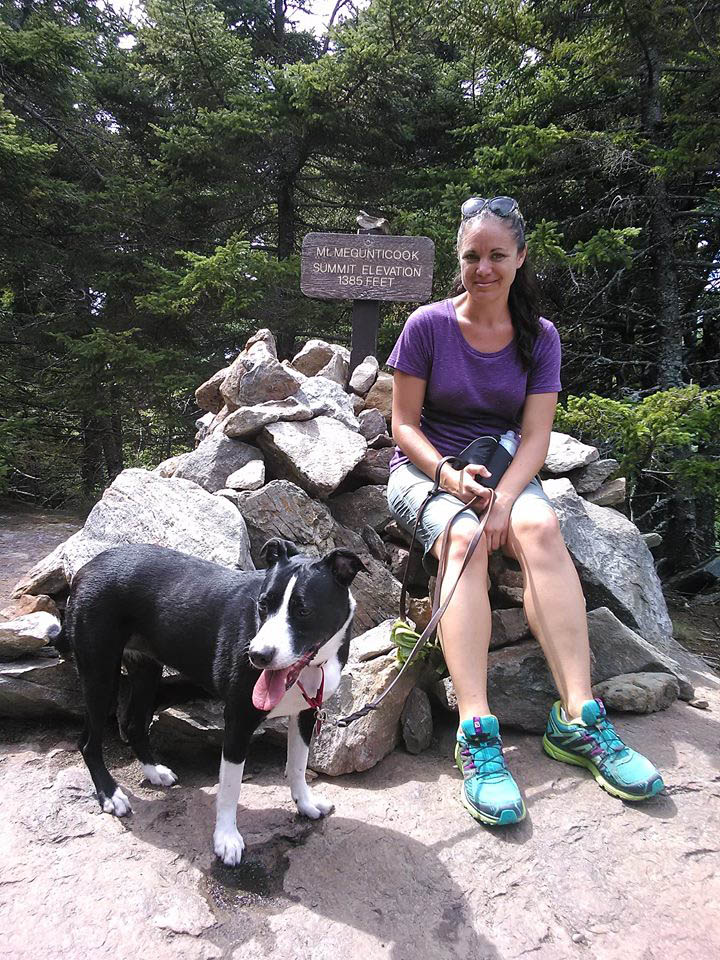 Dana J. Morin
Dana J. Morin
Links: Google Scholar | Research Gate
I am an applied population ecologist. My research interests can be broadly described as the intersection and scaling of spatial ecology, population processes, and community dynamics. I use a variety of sampling and quantitative methods to provide information that will best inform future management and conservation actions. Generally, I study carnivore populations and communities and have an applied interest in managing human-wildlife interactions – connecting conservation to coexistence. But I enjoy developing quantitative approaches for answering interesting questions about any taxa, including small mammal communities in a changing fire regime in southern California, and assessing recovery efforts for pinto abalone in the Puget Sound (https://crosscut.com/2019/06/why-it-wasnt-enough-just-leave-pinto-abalone-alone).
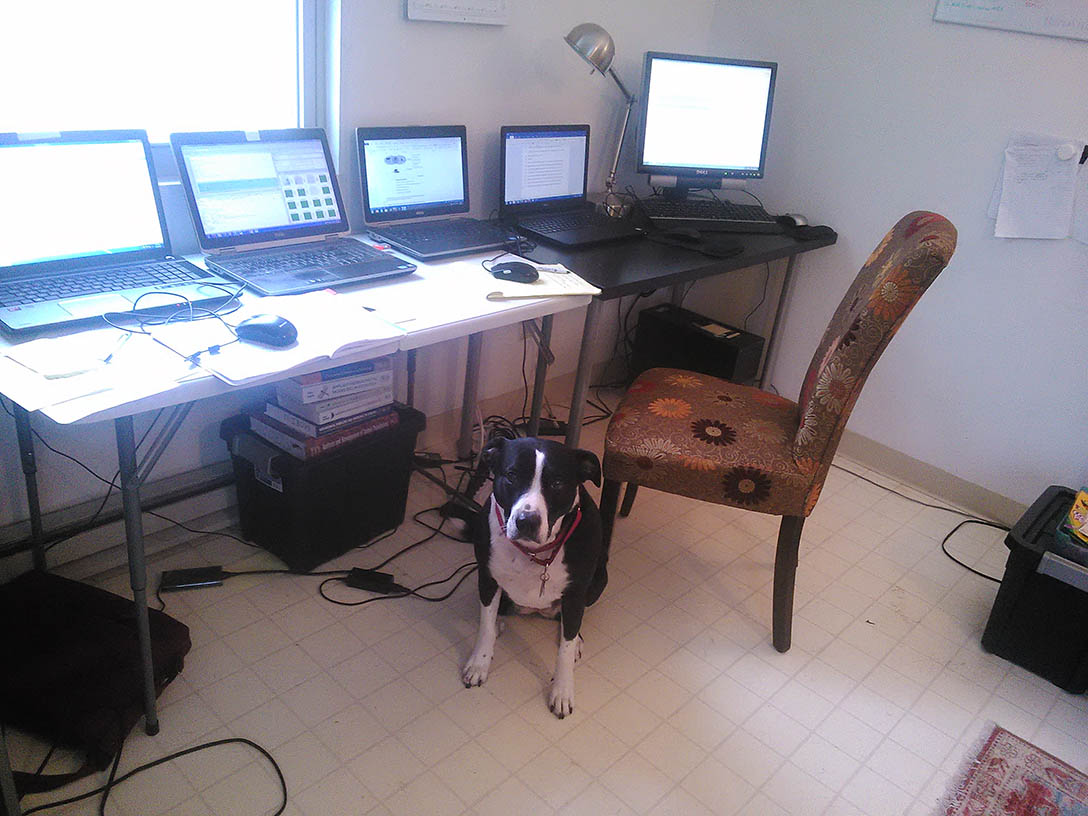 Note to prospective students:
Note to prospective students:
I am a quantitative ecologist. I expect that graduate students in my lab will have a strong desire to work to learn, and possibly develop, new quantitative methods to answer difficult questions about animal populations, both under my direction and independently. Ecology is a study of patterns and relationships, and these are described and quantified using math.
Researchers and Staff
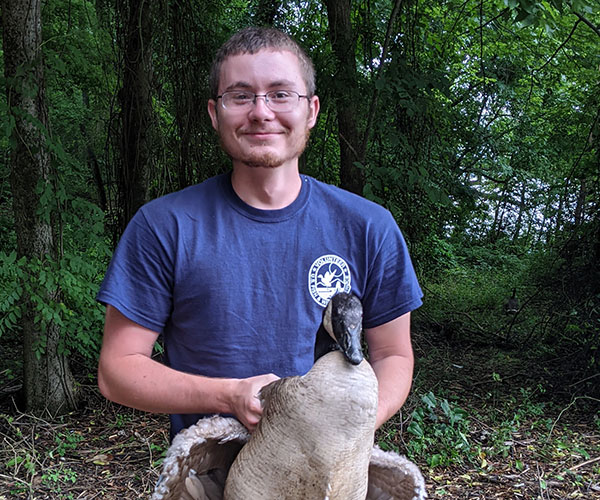 Jackson McCommon
Jackson McCommon
Research Technician
Jackson is a graduate from the MSU College of Forest Resources majoring in Wildlife, Fisheries and Aquaculture with a concentration in Human-Wildlife Interactions. He began working with our lab as a field technician on the deer density and population study and is now a Research Technician managing the non-invasive genetics lab and project manager for the eastern wild turkey projects.
Graduate Students
 Madalyn Reeks
Madalyn Reeks
M.S. Student
Madalyn is a graduate of MSUs College of Arts & Sciences majoring in Microbiology. Her Masters project is in collaboration with USDA-ARS working on the detection and mapping of antimicrobial resistance genes in environmental systems by using wild turkey as single-species case study. This project utilizes a non-invasive fecal collection practice to gather genetic information on the resistome of individuals within a given geographical location. Her work will also include a study on the effectiveness of using Dung Beetle genetic analysis to detect antimicrobial resistance within the environment. She is co-advised by Dr. John Brooks.
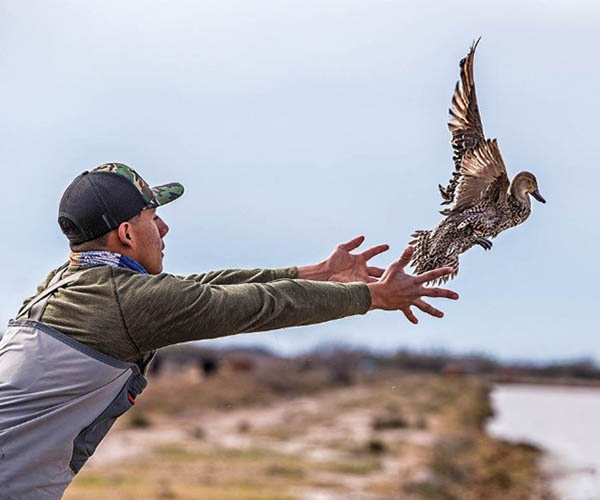 Fabian Jimenez
Fabian Jimenez
M.S. Student
Fabian is a graduate research assistant with strong interest in genomics and is developing a SNP (single nucleotide polymorphism) panel to analyze minimally-invasive genetic samples used to estimate population density and structure of black bears in the Coastal Bear Management Unit in North Carolina. His project is in collaboration with Dr. Nathan Hostetter (North Carolina State University), Kristin Brzeski (Michigan Tech University), Joe Clark (University of Tennessee), North Carolina Wildlife Resource Commission, and USGS North Carolina Cooperative Fish and Wildlife Research Unit.
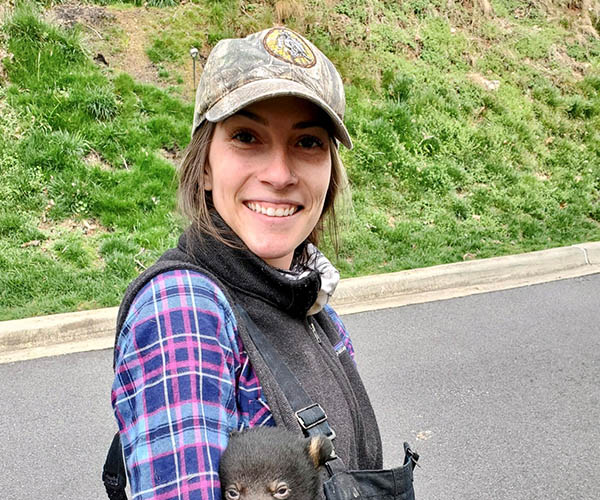 Lindy Gasta
Lindy Gasta
M.S. Student
Lindy is a master’s student working to expand the current knowledge regarding black bear populations in Mississippi. Her research focuses on providing population abundance estimates. Through capture and collaring efforts, her research will also aim to evaluate male home range stability compared to exploratory and dispersal movements. This project will build upon previous research and is in partnership with Mississippi Department of Wildlife, Fisheries, and Parks, USGS, NFWF, AFGC, LDWF, and University of Arkansas Monticello.
 Lacy Dolan
Lacy Dolan
Ph.D. Student
Lacy is investigating factors that may limit the recolonization of black bears in Mississippi. She is using non-invasive genetic sampling with landscape and population genetic techniques to understand dispersal and genetic variation, stable isotope analysis to assess diet and the role of anthropogenic foods, and geometric morphometrics to identify possible adaptations to a diet consisting of anthropogenic foods. Lacy’s research is in collaboration with Dr. Elizabeth Flaherty (Purdue University), Dr. Joe Clark (USGS), Dr. Don White (University of Arkansas Monitcello), and Richard Rummel and MDWFP. Learn more about the project: MS black bear project.
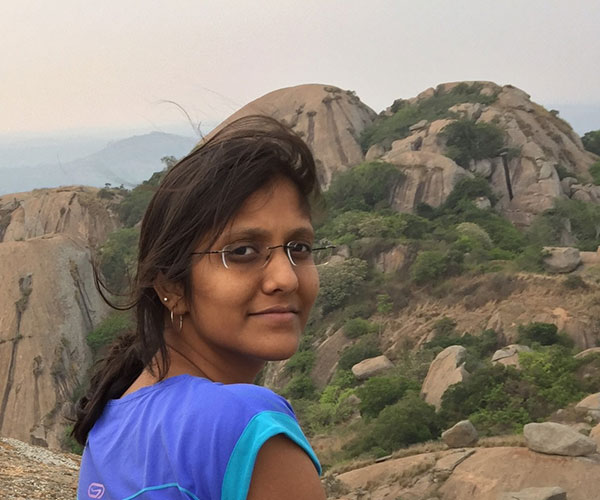 Varsha Samba Shastry
Varsha Samba Shastry
Ph.D. Student
Varsha is a Ph.D. student with interest in applications of quantitative ecology for better understanding of animal population dynamics and conservation. She is co-advised with Dr. Mike Conner, the Jones Center at Ichauway, on a long term small mammal capture-recapture data set. The project is in collaboration with Drs. Jay Diffendorfer and Andy Royle (USGS).
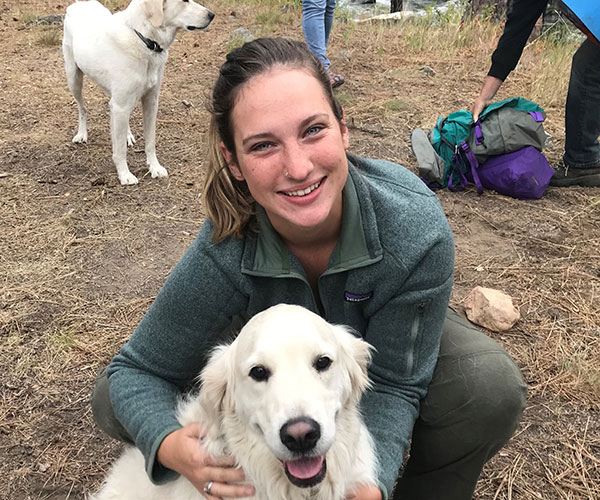 Chloe Beall
Chloe Beall
M.S. Student
Chloe joined the lab as a graduate research assistant in January 2022 and will be using non-invasive genetics to study swamp rabbit populations as an indicator species for bottomland hardwood forest silviculture treatments. She is co-advised with Dr. Mark McConnell.
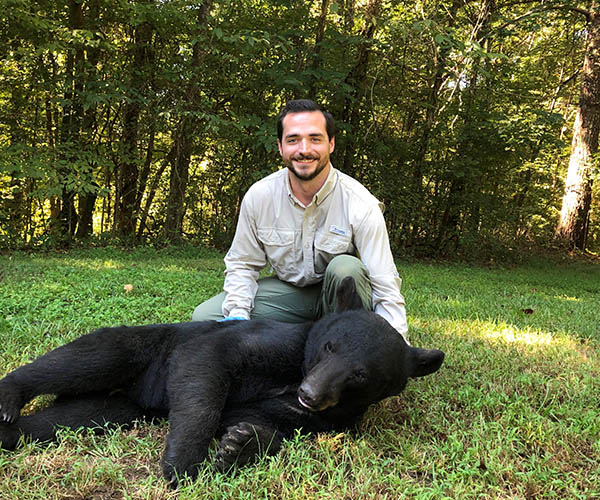
Spencer Daniels
M.S. Student
Spencer joined the lab as a research technician for the deer density project in May 2021. He is now a master’s student on the Mississippi black bear project and is investigating factors that contribute to female black bear reproductive success.
Past Lab Members
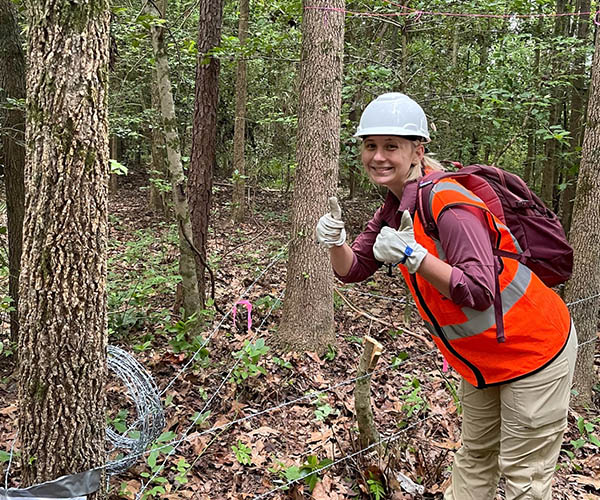 Madison Thurber
Madison Thurber
Research Technician
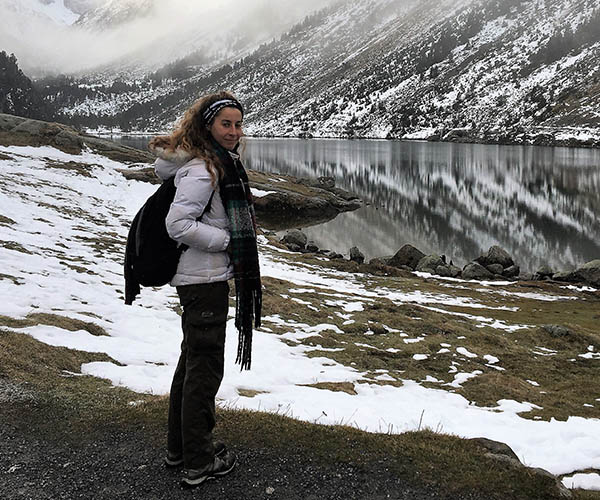 Anaïs (Anya) Tallon
Anaïs (Anya) Tallon
Postdoctoral Associate
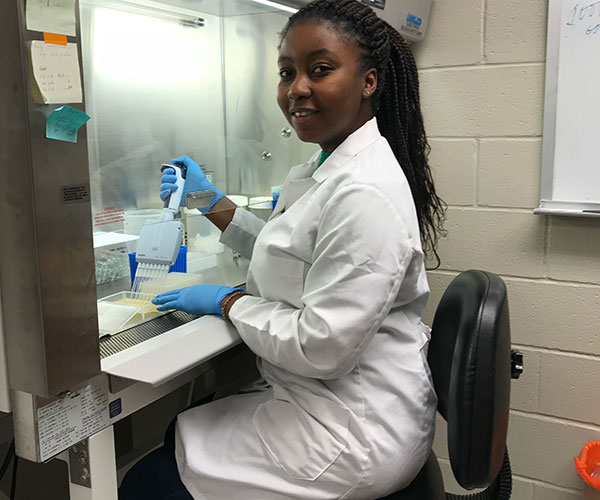 Daniela Adjaye
Daniela Adjaye
M.S.
Developing Non-invasive Molecular Sampling Methods for Effective Wildlife Monitoring
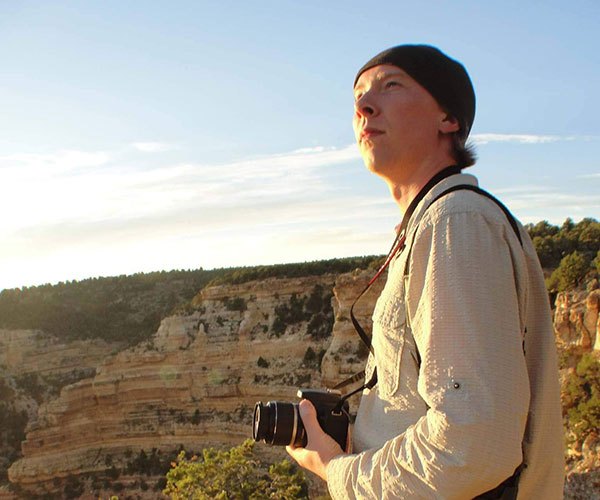 Nathan Todt
Nathan Todt
Research Associate
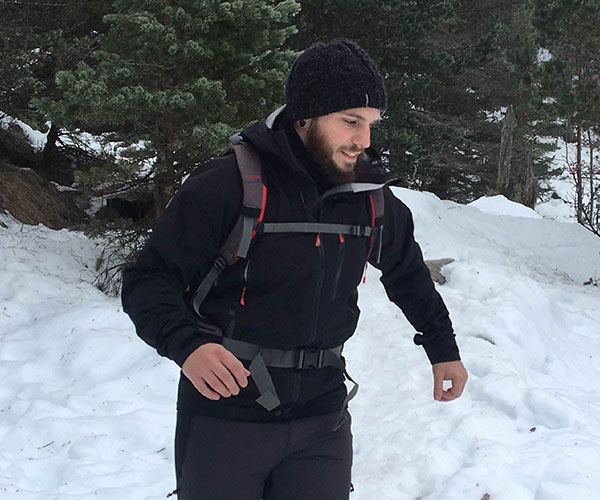 Anthony Sévêque
Anthony Sévêque
Postdoctoral Associate
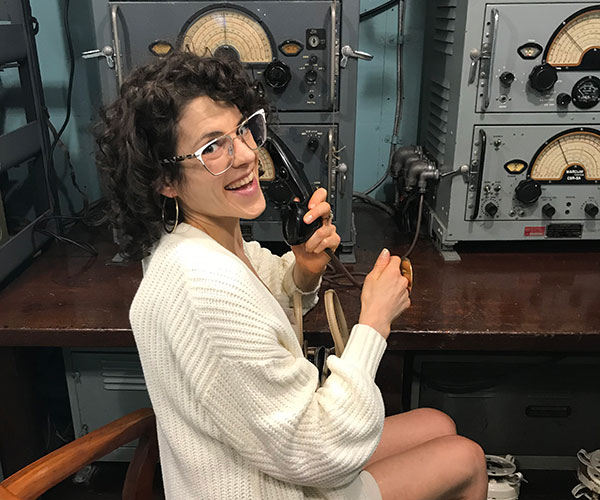 Adrienne Contasti
Adrienne Contasti
Postdoctoral Associate
Advancing Agricultural Research through High-Performance Computing project.
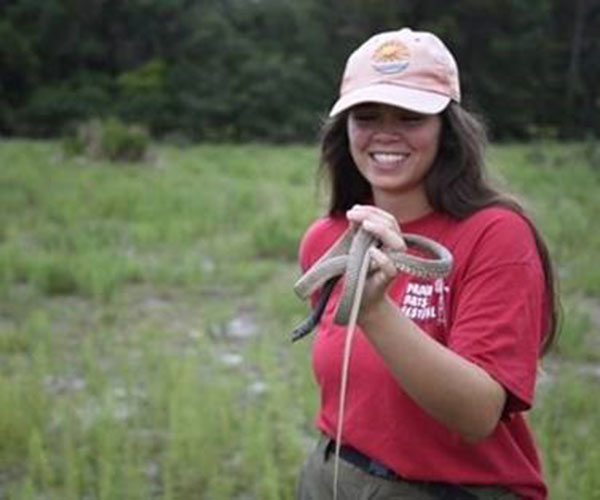
Abby Florez
Undergraduate Research Scholar
Carnivore Non-invasive DNA Degradation Rates in Mississippi
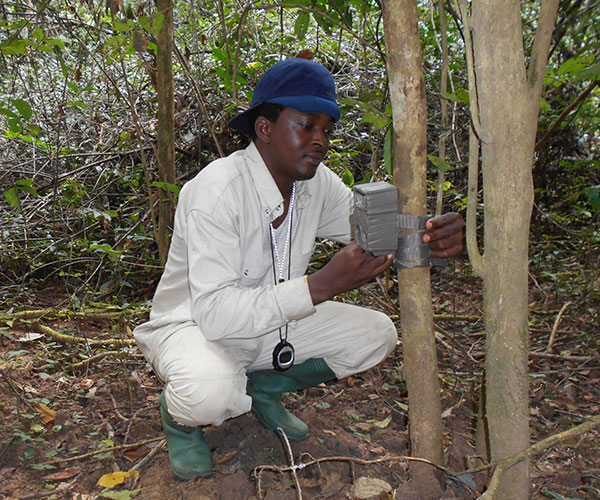 Ichu Ichu Godwill
Ichu Ichu Godwill
M.S. Student
Tropical African Pangolin Monitoring project.
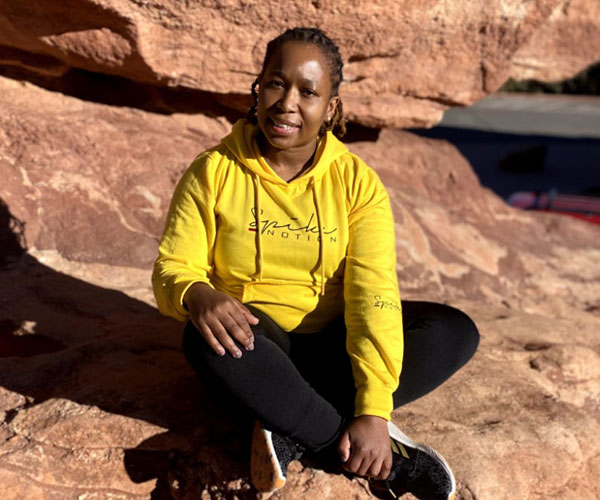
Zoe Nhleko
Postdoctoral Associate
Wild Turkey Demographic Modeling project
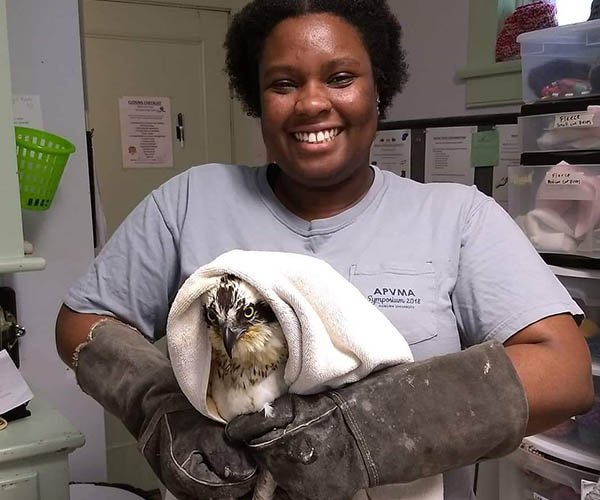 Brittney Palode
Brittney Palode
M.S. Student
Urban Wildlife Information Network (UWIN).
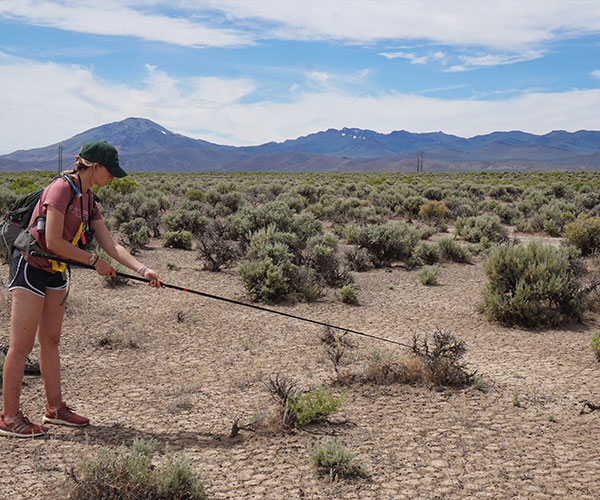
Sarah Rogers
Undergraduate Research Scholar
Detecting Weasels and Shrews with Noninvasive Genetic Sampling
